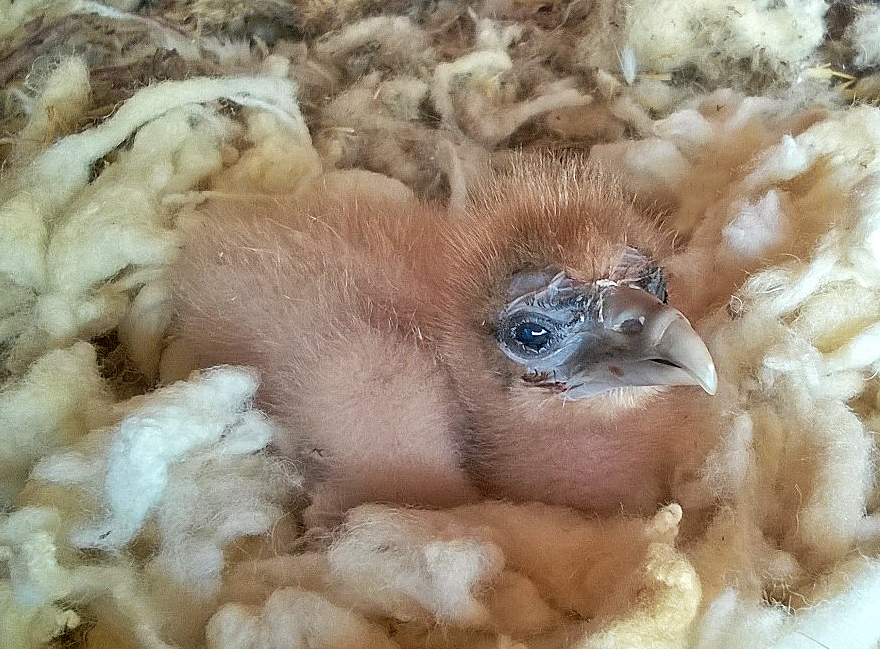(Action C.5)
The action consists of the management of Egyptian vulture specimens destined for captive breeding (ex-situ) in order to obtain young birds to release into the wild.
In Italy, vultures are cared for at the CERM Centro Rapaci Minacciati (Endangered Raptors Centre) in Rocchette di Fazio, Grosseto, while in the Canary Islands the birds are cared for at La Oliva Biological Station on Fuerteventura, where ad hoc structures will also be built.

To improve the success of ex-situ reproduction and to release as many juveniles as possible into the wild, a collaboration has begun with European facilities caring for vultures in captivity, including those which are part of the EEP European Endangered Species Programme of the EAZA (European Association of Zoos and Aquaria), managed by Antonin Vaidl of Prague Zoo. A comparison with these subjects on ex-situ reproduction and on how to collaborate on the project will be the main themes of a specific workshop that will take place at the CERM Centro Rapaci Minacciati (Endangered Raptors Centre) (Action 3).
Objective: To be able to release individuals born in captivity in Italy and the Canary Islands into the wild, to improve the success of ex-situ reproduction, to establish a European synergy for the conservation of the species.Beneficiaries involved: ISPRA (in Italy); Government of the Canary Islands and GESPLAN (activities in the Canaries).


